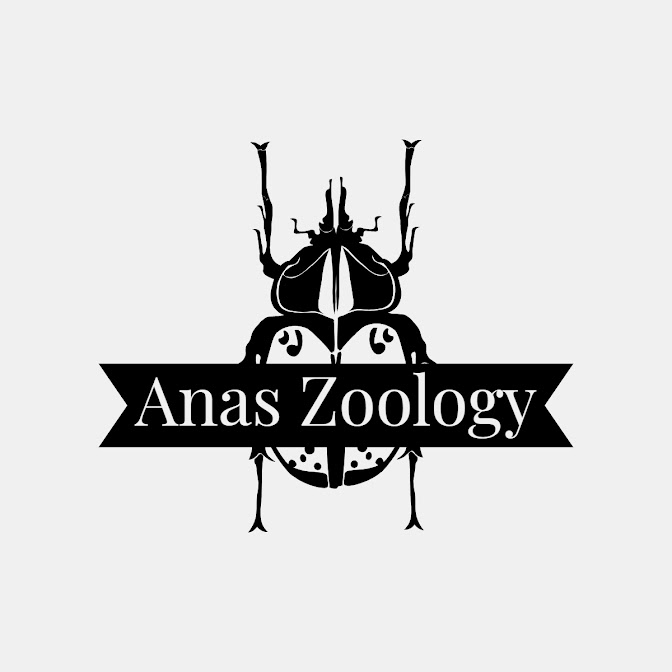Nucleus

Nucleus: Nucleus is a membrane enclosed organelle that contains the chromosome. It is present inside the cell. The study of nuclei of cells is known as Karyology. Nucleus is present in all cells except mature RBC's and sieve cells of xylem. The shape of nucleus varies. It can be oval, disc shaped, lobular, irregular etc In prokaryotes the nucleus is not covered by well defined membranes. In prokaryotes it is called as prokaryon/genophore/nucleoid. Normally a cell contains one nucleus but their number varies in certain cells e.g. binucleate liver cells and cartilage, polynucleate in osteoblast and skeletal muscles etc. Nucleus is made up of four parts: Nuclear Membrane Nucleoplasm/Karyoplasm Chromatin Network Nucleolus Different parts of Nucleus 1) Nuclear Membrane: It is a perforated double membrane. The pores have pore complex to regulate the size of pore. It seems to separate the contents of nucleus from cytoplasm. The nuclear membrane is made up of phospholipid bilayer. 2) Nucl...






